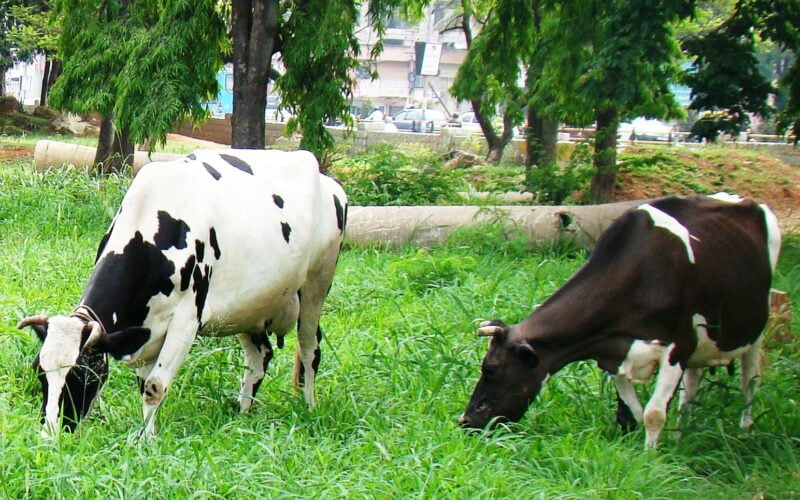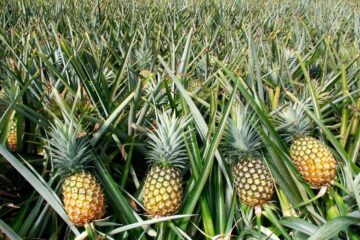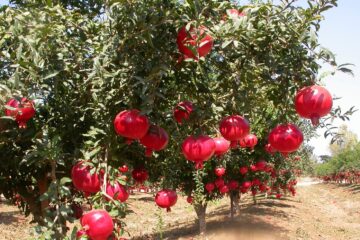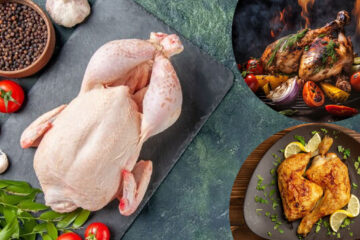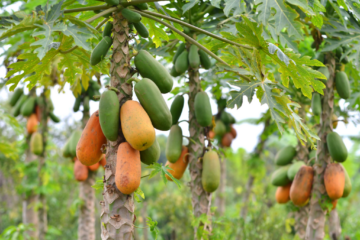Cows are a valuable resource for farmers, providing milk and other dairy products. Proper management during the pregnancy period is crucial to ensure the health of both the cow and the calf. Neglect during this time can result in the loss of the calf and, in severe cases, the death of the cow. Therefore, it is essential to be vigilant and take appropriate care during this critical period.
Prepartum Care
Before calving, separate the pregnant cow from the other cows and move it to a designated calving area if available. This area should be disinfected and clean, with a soft, absorbent bedding material spread on the floor. Two weeks before calving, provide the cow with nutritious feed, mineral mix, vitamin E, and selenium to prevent retained placenta after calving.
Signs of Impending Calving
- The udder becomes swollen and enlarged.
- The sides of the hips appear sunken and loose.
- The vulva becomes loose and swollen.
- Thick mucus discharge from the vulva.
- The cow may become restless and anxious as calving approaches.
During Calving
As the cow approaches calving, it will frequently lie down and get up due to labor pains. When these signs appear, observe the cow from a distance. Under normal circumstances, calving may take 2-3 hours. For first-time calvers, it may take 4-5 hours.
Before the calf is born, a fluid-filled sac called the water bag will appear and burst shortly. Then, the calf’s feet and head will appear at the cow’s vulva. The pressure from the cow’s uterus and abdomen will push the calf out. If there are any abnormalities during this process, immediately seek the help of a veterinarian.
Postpartum Care
The placenta should be expelled within 8-12 hours after calving. If it does not, seek veterinary assistance. Both the cow and the calf should be given warm water to drink. Prevent the cow from eating the expelled placenta by removing it immediately. Bathe the calf with warm water and feed the cow a mixture of warm gruel with raw sugar.
Milking
Colostrum helps contract the cow’s uterus. Before milking for the first time, ensure that all blockages in the teats are cleared. Clean the udder with disinfectant to prevent mastitis. Milk three times a day until the swelling in the udder subsides. Apply an ice pack to reduce the swelling.
Provide the cow with nutritious feed suitable for its weight and milk production. Supplement with a mineral mix to enhance milk yield and ensure the cow returns to estrus promptly.
S. Alagar, C. Manivannan, S. Prakash, R. Ravikumar, S. Manoharan, M. Selvaraj, Veterinary College, Namakkal – 637 002.

